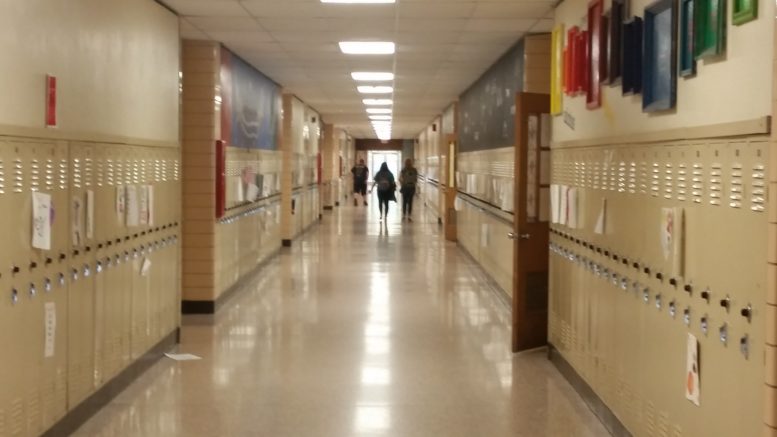By JAN LARSON McLAUGHLIN
BG Independent News
Petitions have been filed by some rural residents of the Bowling Green City School District seeking to secede from the district and join neighboring school districts.
Eleven petitions were dropped off to BG City Schools on Monday, asking that different sections of townships currently in the Bowling Green district become part of five different school districts. Four areas have petitioned to join Elmwood, three to join Patrick Henry, two to join Eastwood, and one each to Otsego and McComb schools.
“We’re going to follow the law, and the law says eligible townships do have the right to petition to remove from the district,” Bowling Green Superintendent Francis Scruci said Tuesday afternoon.
“We take educating children very seriously,” Scruci said. “We would be disappointed if we could not continue to educate these children.”
The Wood County Board of Elections is researching how to handle the petition since this is the first such request made in the county.
The new controversial law – Ohio Revised Code 3311.242 – allows residents in certain townships to transfer to an adjoining school district if enough voters pass the measure on an election ballot.
The new law does not require officials to consider whether the transfer is in the best interest of the affected students. The previous law required the education of the students be considered.
Terry Burton, of the Wood County Board of Elections, said the petitions are handled similar to referendum petitions. The elections board must first determine if each petition is signed by at least 10% of the area’s qualified voters who participated in the last general election.
Burton said his office will be consulting with the Wood County Prosecutor’s Office on the steps from there.
It appears from the language in the Ohio Revised Code, that the boards of education and the township trustees have the ability to turn down the areas where the petitioners want to join.
Here is the process as explained to Bowling Green City School officials. First, the school district must certify that the rural portions wanting to leave the district are indeed part of the district now.
At the March 19 board meeting, the school board will be asked to pass a resolution acknowledging that the petitions to leave the district have been received.
The petitions are then turned over to the board of elections, which must certify signatures, and make sure there are enough valid signatures for the issue to appear on the ballot.
Then the issue goes back to the school board, which would pass another resolution to put the petitions on the August ballot.
Then it is up to all the registered voters in the petitioning areas to pass or fail the efforts.
“Everyone in the designated areas has the right to vote,” Scruci said.
If the issues make the ballot, Bowling Green School District will be required to foot the bill for the special election.
“We will bear the full cost of putting that on the ballot,” Scruci said.
The petitions were circulated by Grant Chamberlain, Richard Chamberlain, Nolan Chamberlain, Dan Wilson, Brian Smith, Scott Apple, Devin Dauterman, Josh Nutter and Jennifer Adler.
The issue must move quickly for the petitioners to beat the proposed EdChoice bill, which in one form repeals the new section of the ORC that allows portions of school districts to exit for other districts.
Late last year, the Ohio Supreme Court dealt the village of Hills and Dales, near Canton, a setback in its effort to switch school districts.The court dismissed the village’s request to force Plain Local Schools to follow the new Ohio Revised Code measure.
Plain Local leaders believe the state law, which took effect Oct. 17, is unconstitutional for multiple reasons, including that it doesn’t give districts losing territory and tax revenue due process because it bars them from challenging a proposed transfer.
Plain Local leaders also believe the state law could increase segregation and racial divides and strip away students’ rights to an equal education. The petitioning Hills and Dales community is an affluent suburb, with a population of 221 in the 2010 census.

